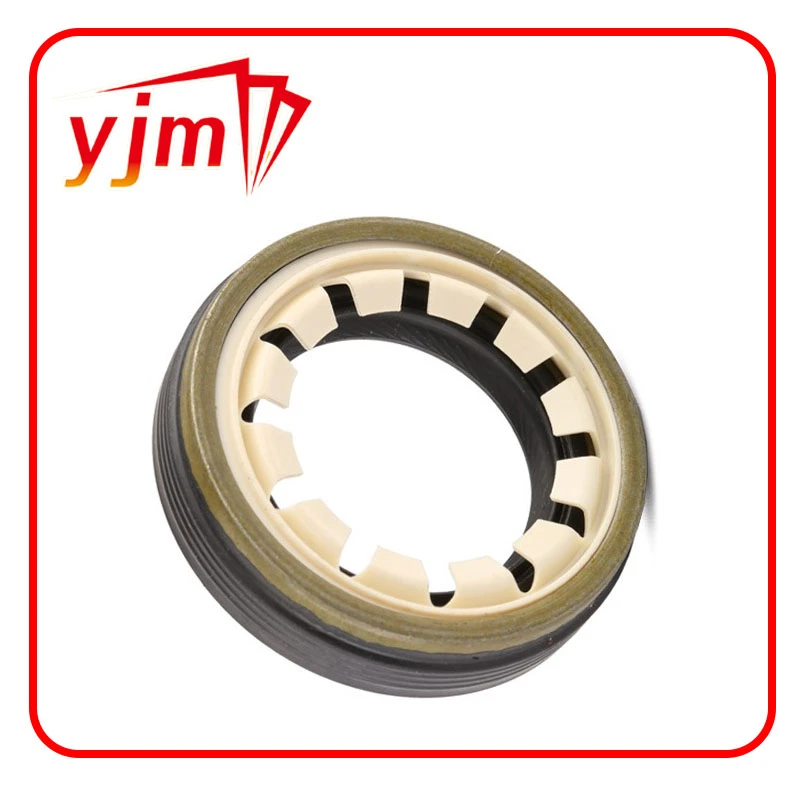Optimizing Performance of O-Ring Seals in Rotating Shaft Applications for Enhanced Efficiency
Understanding O-Rings in Rotating Shaft Applications
O-rings are integral components in various mechanical systems, particularly in applications involving rotating shafts. These simple yet effective seals enable engineers to prevent fluid leaks, enhance the longevity of machinery, and maintain the efficiency of mechanical systems. In this article, we will explore the significance of O-rings in rotating shaft assemblies, the principles behind their operation, and the considerations for their optimal use.
The Role of O-Rings
O-rings are circular seals made from elastomeric materials, which include rubber compounds and thermoplastics. Their primary role is to create a tight seal between two or more mating surfaces to prevent the escape of fluids or gases. In the context of rotating shafts, O-rings are typically used in dynamic sealing applications, where they must accommodate continuous movement without compromising their sealing capability.
How O-Rings Work
The effectiveness of an O-ring lies in its design and the compressive forces at play. When an O-ring is installed in a groove between two surfaces, it is subjected to compressive forces when the two surfaces are tightened together. This compression causes the O-ring to deform slightly, filling any gaps between the surfaces and creating a seal.
During operation, as the shaft rotates, the O-ring must endure friction and wear. The material must be resilient enough to withstand these pressures while also being flexible enough to maintain its sealing properties. Importantly, the size and hardness of the O-ring should be selected based on the specific operating conditions, such as temperature, pressure, and the type of fluid being sealed.
Key Considerations for O-Ring Selection
When selecting O-rings for rotating shaft applications, several factors must be considered
1. Material Compatibility The O-ring material must be compatible with the fluid it will be sealing. Common materials include nitrile rubber, fluorocarbon rubber, and silicone, each offering varying degrees of resistance to chemicals, temperature, and wear.
o ring rotating shaft

2. Temperature and Pressure Rating O-rings are rated for specific temperature and pressure ranges. Operating outside these limits can lead to seal failure, leakage, or premature wear.
3. Sizing The size of the O-ring is critical. An oversized O-ring may not compress adequately, while an undersized one may not seal effectively. Proper sizing ensures optimal performance in the sealing application.
4. Surface Finish The surface finish of the shaft and the housing where the O-ring will be seated plays a significant role in seal performance. Rough surfaces can cause increased wear on the O-ring, while smooth finishes promote better sealing.
5. Dynamic vs. Static Applications In rotating shaft applications, O-rings are used dynamically. This means they must resist wear and maintain their sealing ability over time compared to static applications, where the O-ring remains in one position.
Applications of O-Rings in Rotating Shafts
O-rings find applications in numerous industries, including automotive, aerospace, oil and gas, and industrial machinery. In automotive engines, for example, O-rings seal various components, including pumps, hoses, and power steering systems. In aerospace, they play a crucial role in ensuring the reliability of hydraulic systems under extreme conditions.
Moreover, advancements in materials science continue to expand the capabilities of O-rings, allowing for better performance in challenging environments. New compounds offer improved resistance to temperature fluctuations, chemical exposure, and wear, making O-rings an essential consideration in modern engineering designs.
Conclusion
O-rings are simple yet vital components in the realm of rotating shafts, providing effective sealing solutions that ensure operational efficiency and reliability. By understanding the principles of their operation and carefully selecting the right O-rings for specific applications, engineers can significantly enhance the performance and lifespan of rotating machinery. As technology progresses, the role of O-rings will undoubtedly continue to evolve, reaffirming their status as a cornerstone of mechanical engineering.
-
Simplifying Oil Changes: A Comprehensive Guide to Oil Drain Plugs and Their Variants
News Aug.04,2025
-
Mastering Oil Drain Maintenance: Solutions for Stripped, Worn, and Upgraded Oil Plugs
News Aug.04,2025
-
Fixing Oil Pan Plug Issues: Leaks, Stripped Nuts, and the Right Replacement Solutions
News Aug.04,2025
-
Everything You Need to Know About Oil Drain Plugs: Sizes, Fixes, and Upgrades
News Aug.04,2025
-
Choosing the Right Oil Drain Plug: A Guide to Sizes, Materials, and Drain Innovations
News Aug.04,2025
-
A Complete Guide to Automotive Drain Plugs: Types, Problems, and Innovative Solutions
News Aug.04,2025
-
The Ultimate Guide to Car Repair Kits: Tools and Essentials Every Driver Should Own
News Aug.01,2025
Products categories















